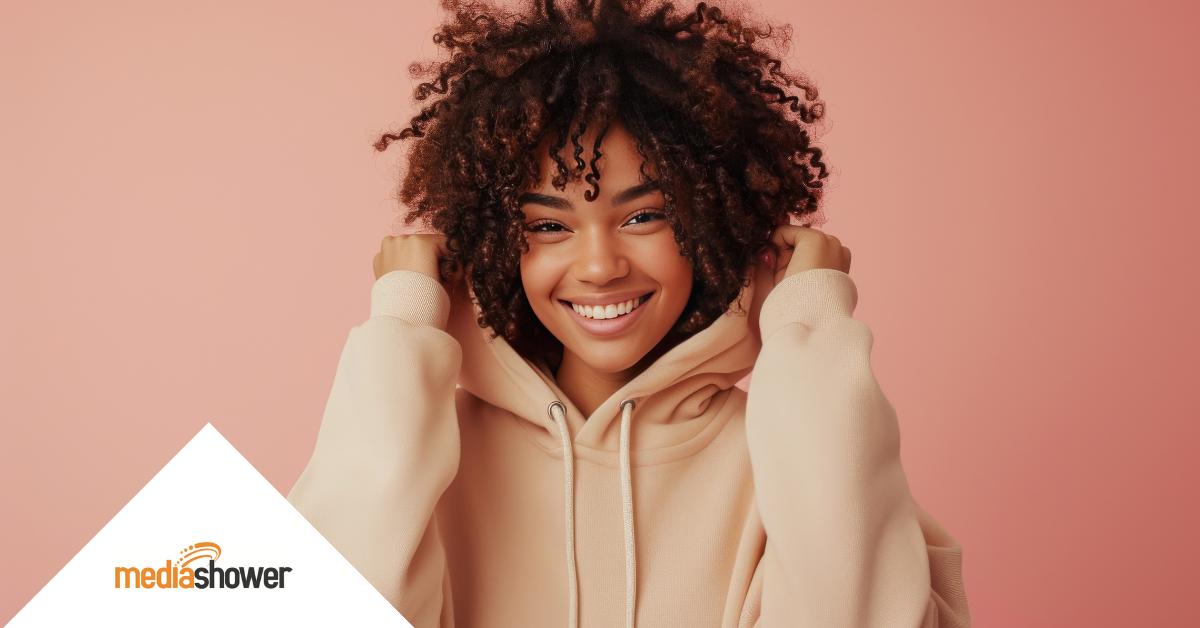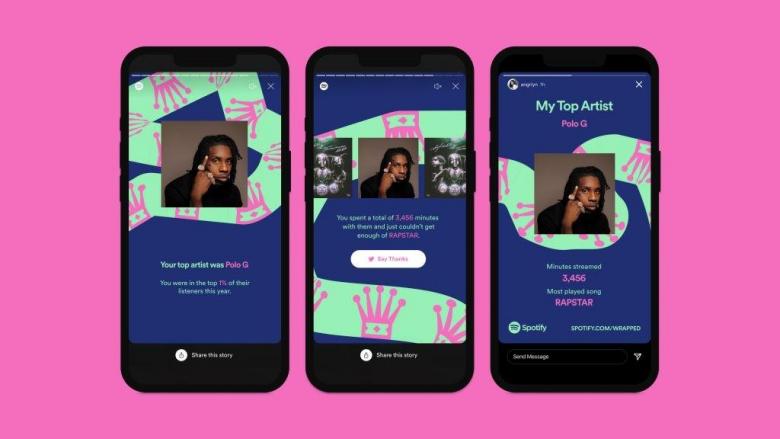
In a digital world flooded with content, only a few Instagram campaigns stand out and achieve viral status. Understanding why certain campaigns go viral can be the key to replicating that success in your own marketing.
In this article, we’ll explore the key elements that made these Instagram campaigns go viral, providing you with proven tips and takeaways to apply to your own Instagram marketing.
Going Viral on Instagram
Everyone hopes to create viral Instagram posts, but there’s more to it than coming up with a catchy idea.
Instagram’s algorithms play a pivotal role in determining what posts are broadcasted throughout the platform. At the same time, the algorithm is driven by human engagement. So for your campaign to take off, your content must be people-friendly and algorithm-friendly.
Some of the factors that matter are:
- High-Quality Visuals: Crisp, visually appealing images or videos that stand out in the feed.
- Relatable Content: Posts that resonate with a wide audience, tapping into common emotions or experiences.
- Engaging Captions: Captions that prompt users to engage, such as asking a question or encouraging comments.
- Trending Topics: Content that aligns with current trends, challenges, or hashtags.
- Influencer Sharing: Getting influencers or accounts with large followings to share or repost your content.
- Humor: Funny or witty content that people want to share with their friends.
- Emotional Impact: Content that evokes strong emotions, such as joy, surprise, or inspiration.
- User-Generated Content: Encouraging followers to create and share content related to your brand or theme.
- Collaborations: Partnering with other accounts or brands to cross-promote content.
- Consistency: Perhaps most importantly, you need to post regularly before you can find the formula that results in viral success.
Here are nine Instagram viral case studies that got it right.
Nike
Nike’s “You Can’t Stop Us” campaign featured a split-screen video showcasing athletes from different sports, seamlessly transitioning between one another. It highlighted the power of perseverance and unity, resonating with a global audience during the pandemic.
Nike’s successful Instagram campaign used emotional storytelling to appeal to viewers as individuals, not as a single collective group. Backed by high production value, Nike’s inclusive messaging struck a chord during the era of lockdowns: that we will surmount the odds, emerging better than we were before.
The results? Over 58 million views on Instagram, widespread media coverage, and significant engagement with user-generated content.
View this post on Instagram
Dove
Dove’s “#ShowUs” campaign collaborated with Getty Images and Girlgaze to create the world’s largest stock photo library created by women to shatter beauty stereotypes. The campaign encouraged women to share images that represent their beauty.
Dove has long emphasized “real” beauty in its marketing, encouraging consumers not to compare themselves to airbrushed magazine covers. In this campaign, Dove tapped into user-generated content, engaging people of different races, heights, backgrounds, and weights to underscore the diversity of Dove’s followers—and of beauty standards in general.
Moreover, the #ShowUs campaign couldn’t have happened without Getty Images and Girlgaze. By working together, these companies created a campaign that could never have been achieved alone.
The results? Over 650,000 images were shared using the hashtag #ShowUs, generating millions of engagements and reinforcing Dove’s brand identity as a champion of real beauty.
View this post on Instagram
Gucci
Gucci’s unconventional “Accidental Influencer” campaign blurred the lines between influencer marketing and memes, ultimately promoting Gucci’s latest collection in a humorous and relatable way.
Gucci’s decision to leverage meme culture has become popular in recent years, with marketers slowly becoming more aware of the growing “memosphere.” Although there are risks to putting your brand image in others’ hands, Gucci’s non-traditional way of collaborating with influencers reaped results, providing a salient contrast to other fashion houses and their overly styled brand images.
The result? A viral campaign with countless user-generated posts, driving massive engagement and further cementing Gucci’s position as a trendsetting brand.
View this post on Instagram
Apple
Apple’s “Shot on iPhone” campaign encouraged users to share photos taken on their iPhones, highlighting the camera quality of their devices. The campaign featured user-generated content from around the world, often showcased on billboards and Apple’s Instagram.
Since its inception, Apple’s marketing strategies have continually highlighted its products’ superior design and superior quality. This campaign was no different, encouraging the use of creative, user-generated content (notice a trend?) enabled by Apple’s high-res technology. Moreover, the campaign was designed to be international from the beginning, displaying to Apple’s audience just how many creatives worldwide make use of Apple products.
The result? Millions of posts using the #ShotOniPhone hashtag, global brand visibility, and strengthened customer loyalty.
View this post on Instagram
Spotify
Spotify’s “Wrapped” campaign has become a highly anticipated event, driving massive social media engagement each year. Around New Year’s, Spotify users receive a personalized summary of their listening habits, which they can then share on Instagram.
The most striking feature of this strategy is personalization: it’s all about the user and their tastes. #Wrapped invokes nostalgia, with users recalling how and when they discovered certain songs. To make this personalization possible, the campaign relies on data—a key component to any campaign, but rarely used so directly as here.
Of course, half the fun lies in sharing these insights with others. Spotify encourages sharing to great effect, pushing the campaign forward to completion.
The result? The campaign consistently trends on social media. Millions of users share their “Wrapped” summaries each year, leading to increased app downloads and subscriptions.
Fenty Beauty
Fenty Beauty‘s “Fenty Face” campaign used Instagram to launch the “Fenty Face” challenge, encouraging users to create makeup looks using Fenty products.
This campaign adopted a two-pronged approach: first collaborating with influencers to spark the trend, and then pushing it forward by encouraging users to generate their own content.
Like Dove, Fenty promotes the idea of inclusive, diverse beauty standards. And though using social media to decry the unrealistic standards often promoted on those same platforms may seem counterintuitive, Fenty pulled it off by tapping into a societal desire for increased representation.
The result? Massive social media engagement, viral makeup trends, and significant sales boosts for featured products.
View this post on Instagram
National Geographic
National Geographic’s “Planet or Plastic?” campaign was designed to raise awareness about plastic pollution. The campaign featured striking images and stories about the impact of plastic on the environment, urging followers to reduce plastic use.
In this campaign, National Geographic played to its long-established strength: unmatched visuals. But while the photos were stunning in their own right, National Geographic didn’t let them stand on their own. Instead, the brand built an educational message around environmental advocacy, showing people the ecological consequences of their everyday decisions.
The result? High engagement on posts, widespread media coverage, and increased awareness about plastic pollution, with many followers committing to reducing plastic use.
View this post on Instagram
Old Spice
Old Spice’s “Smell Like a Man” campaign revitalized its brand by creating humorous, over-the-top videos featuring “The Man Your Man Could Smell Like.” These videos were shared extensively on Instagram, resonating with a younger audience.
Not all successful Instagram campaigns have to invoke deep societal messages; sometimes, well-placed humor can be the most effective tool. Old Spice’s tongue-in-cheek video content blew up across channels, providing an appealing new image of a brand young consumers had been turning away from.
The result? The campaign went viral, leading to a significant increase in brand recognition and sales, particularly among younger demographics.
View this post on Instagram
Adidas
Adidas launched its “Here to Create” Campaign to celebrate creativity in sports. The campaign featured athletes and influencers showcasing their unique approaches to training and competition, encouraging followers to share their own creative processes.
Like many other campaigns on this list, Adidas’ campaign used a sense of community to engage followers. In this case, the athletes (and followers) involved shared a common goal: to forge their own path in the world of sports. Adidas’ creative storytelling provided an outlet for people to share their stories and experiences, simultaneously providing a waypost for others.
The result? Strong user participation, high engagement rates, and a boost in brand perception as a leader in innovation and creativity.
View this post on Instagram
Marketer’s Takeaway
- Know your audience. This will help you formulate an effective strategy, especially if you’re asking users to share their own content or experiences.
- Include a way to participate. A clever hook for user-generated content, can encourage people to broadcast your brand benefit.
- Tap into shared values and goals. Your followers want to feel they’re part of a greater community. If you can tap into shared values, you’re more likely to get shared posts.
Of course, there’s another element to going viral on Instagram: originality. The best campaigns offer something new, so don’t be afraid to experiment in your own viral Instagram strategies! Eventually you’ll strike gold.
If you’re looking for great social media posts and creative campaign ideas, try our Media Shower AI marketing platform, customized for your company. Click for a free trial.
